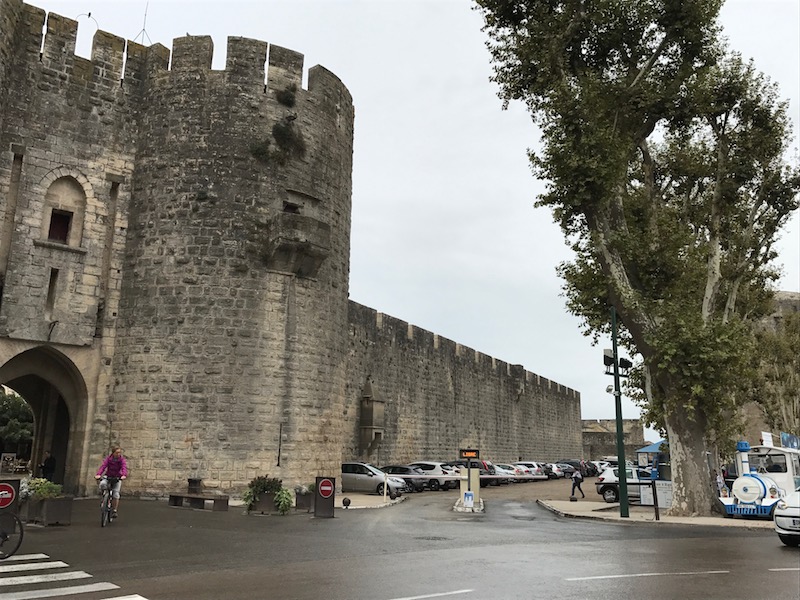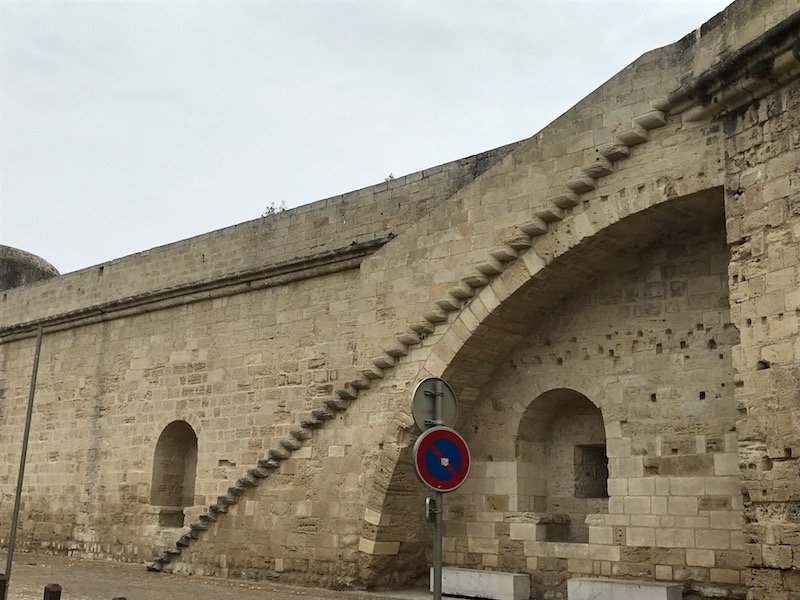Our Blog - Aigues-Mortes
Aigues-Mortes is a medieval city with well-preserved 13th and 14th century walls, situated within the salt marshes of the Camargue. The first salt marshes go back to the Roman times and salt production was one of the main resources of the city for a long time. In the middles ages, starting around 791, Charlemagne erected the Matafère tower amid the swamps for the safety of fishermen and salt workers. Then in the 13th century, King Louis IX wanted direct access to the Mediterranean Sea and obtained the town and the surrounding lands from the monks of the local abbey. He had several large projects, including the city walls, a road between the marshes, and the Carbonnière Tower to serve as a watchtower and protect access to the city. Later, Saint-Louis built the Constance Tower on the site of the old Matafère Tower (that Charlemagne built) to house the army.
In the summer of 1893, the Compagnie des Salins du Midi launched a recruiting campaign for workers to harvest sea salt from the evaporation ponds. Because of the recruitment policies, the team leaders were forced to compose teams including both French and Italians. In the early morning of 16 August 1893 a fight broke out between the two communities that quickly turned into a struggle of honor. Some vagrants said that the Italians had killed some of the local workers and the locals rioted, attacking the Italians and killing 8.
The medieval city walls stretch for a distance of about a mile, and are in a really well-preserved state even though they were not restored in the 19th century (like Carcassonne was). This is the Main Gate in the southern wall.





Here you can see the Constance Tower peeking up over the walls, and a set of stairs going up to the walkway from where the soldiers would defend the city. The tower was built in 1242 by Saint-Louis. It is 72 feet in diameter with a height of between 100 and 130 feet (depending on where). The walls at the base are about 23 feet thick. The last picture is another gate (I forgot which one).




The Church of Notre-Dame-des-Sablons is a Gothic-style church and was probably built before the ramparts in the mid-13th century during the time of Saint-Louis. In 1537, it served as a Collegiate church but was later vandalized by Protestants in 1575. After the French Revolution, it was used as a barracks, a grain market, and a salt warehouse. It was re-established as a place of worship in 1804 and the building was restored in a neoclassical-baroque style. Between 1964 and 1967, all of the 19th century decor was removed leaving a much more basic and medieval-style church. And of course, the monument to the war dead from 1914-1918.




Across from the main entrance of the Porte de la Gardette sits Saint-Louis Square, thought of as the heart of the city. Standing there is a statue of Saint-Louis, the work of James Pradier in 1849. Saint Louis is also known as Louis IX, a king of Capétien France. He was born in 1214 and reigned for 43 years until his death in 1270. Considered a saint during his lifetime, he was canonized by the Catholic Church in 1297. As noted, he was instrumental in building the city walls.


This fountain was created in April 1896 to celebrate the arrival of drinking water into the city.


If you happen to be going to Aigues-Mortes, here is a link to an English tourism guide from 2018. It has lots of information on the city (where to sleep, where to eat) as well as a little walking tour.